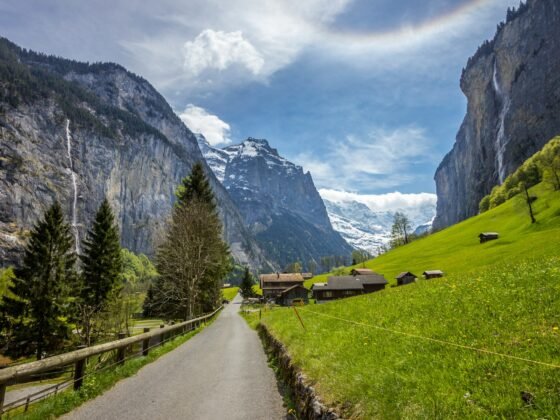Millions of tourists visit Italy to explore its ancient ruins, Renaissance art, amazing food, and fascinating landscapes. But whether the experience turns out to be a disappointing stay filled with miscommunications or a transformative Italian adventure all too often depends on how you plan everything from the start. While most people stay fixated on booking hotels and planning itineraries, smart travelers keep the right tools in their arsenal to have an extraordinary trip.
Immersive Language Learning Through Online Resources
Language barrier is among the most common challenges people face when visiting Italy. The problem becomes more pronounced when they visit areas away from international tourist hubs, as English proficiency is not at its best in these places.
Phrasebooks and translation apps are certainly useful, but they just don’t work when you need some cultural background and understanding about certain words and phrases. That’s when you can look for online resources where they teach you the ins and outs of the Italian language through easy Italian news.
Many of these resources use real Italian news stories at progressive difficulty levels to help travelers develop true language understanding instead of memorizing isolated terms. You get better results when you can learn by working with real-life content about Italian environmental initiatives, cultural events, archaeological findings or new technology. This dual-purpose learning puts you in charge and ensures you have the best time of your life when you arrive in Rome, Florence or another Italian city.
Italy’s transportation infrastructure poses distinctive challenges that surprise unaware tourists. The rail network here is vast, but works differently compared to northern European networks. In most places, platform changes are announced in Italian and the ticketing systems are quite diverse, making it difficult for travelers to manage everything, especially when they are in cities like Milan, Naples, and Rome where metro networks, bus routes, and trams don’t follow the universal signage that other capitals in Europe do.
A good idea is to use various apps, like Citymapper and Trainline Italia, as they help turn transportation from a headache into something way easier to handle. They give you real-time updates, alternative routes, and even translate stuff for you to ensure you don’t feel lost in translation when the official announcements are only in Italian.
Offline Mapping and Local Discovery Platforms
Internet access in Italy is often unreliable for tourists, particularly when venturing outside large cities into Tuscany hilltowns, Sicilian sea villages or Umbrian countryside. These destinations have minimal signage and locals provide directions based on local references that they recognize, but tourists aren’t familiar with.
Google Maps with offline capabilities becomes a saving grace, and combining it with local discovery portals, such as TheFork to book restaurant tables and GetYourGuide for unique experiences, results in an all-encompassing guide that connects you with Italy’s hidden gems. As a traveler, you must not rely too much on internet connectivity in Italy. Offline maps resolve many issues, allowing you to have full confidence to go where you want no matter what connectivity you have.
Endnote
Preparation is vital for a truly unforgettable Italian experience. By including real Italian news in your learning process, using deep transportation and blending offline maps with carefully-curated discovery platforms, you can discover real secrets in Italy even when connectivity challenges exist. At the same time, these tools help overcome daily travel challenges and allow you to immerse yourself entirely in Italy’s art, history, and culinary delights.
Image: freepik.com












